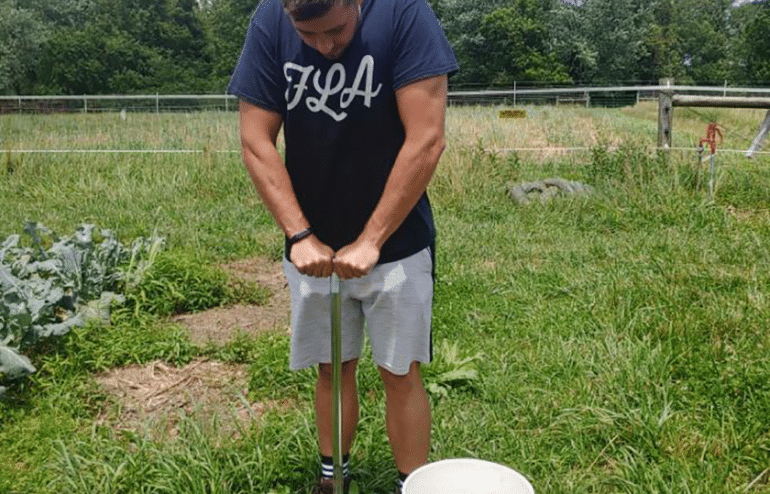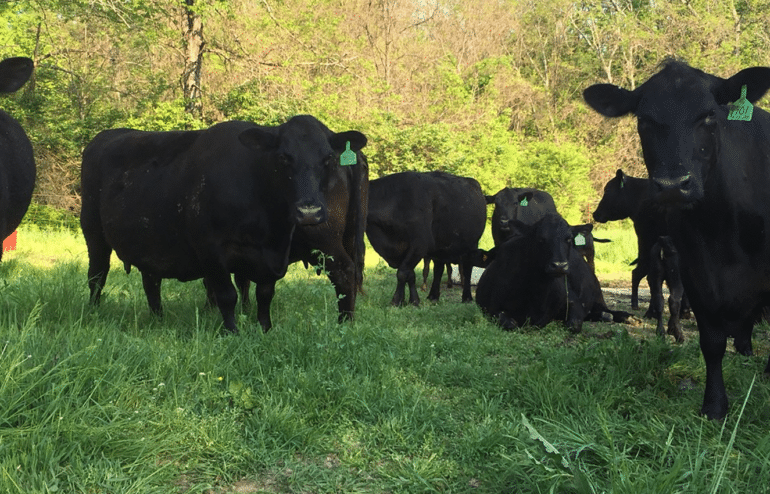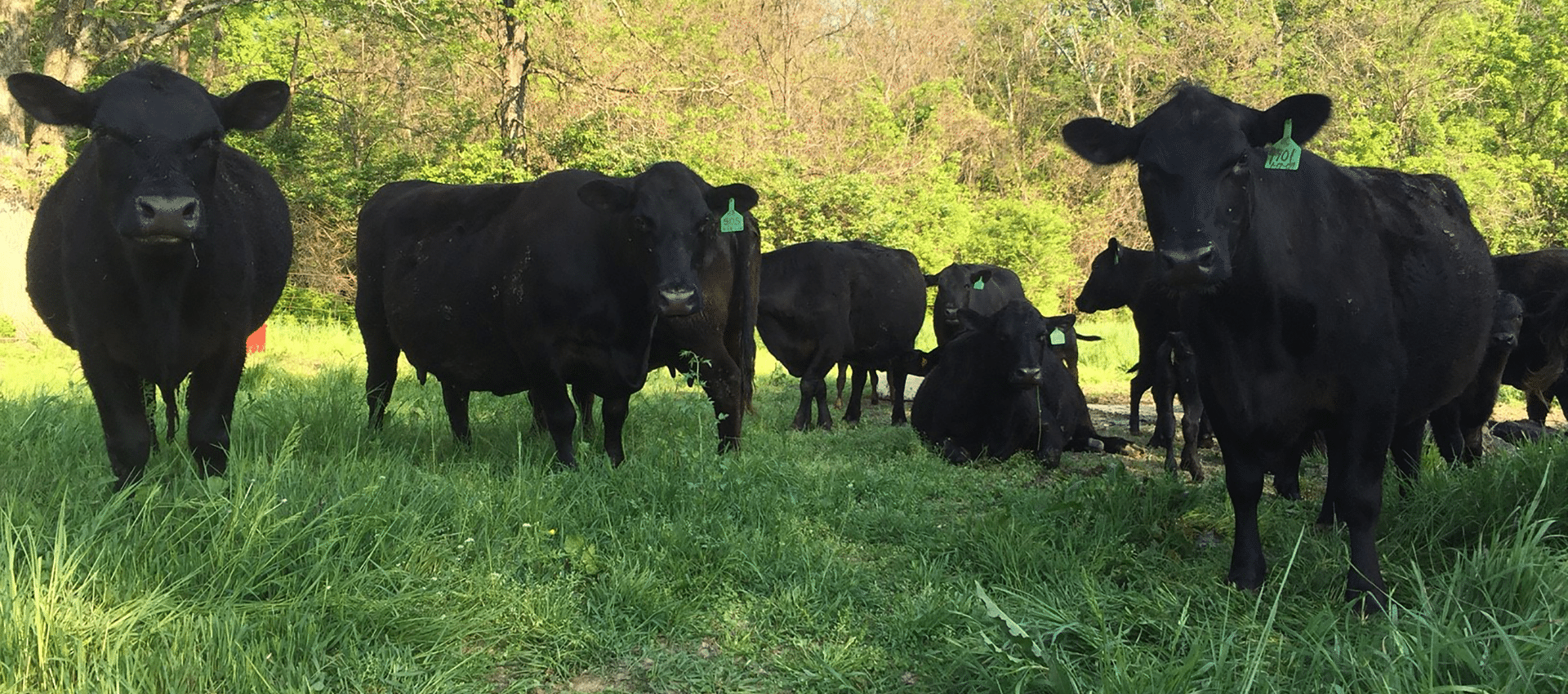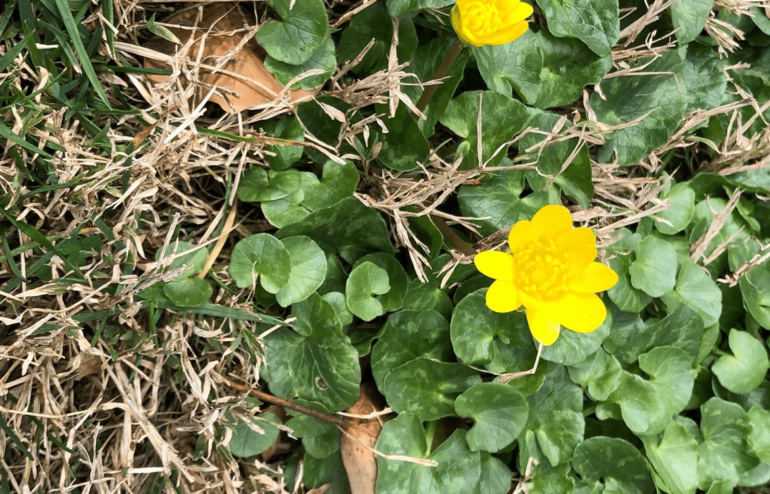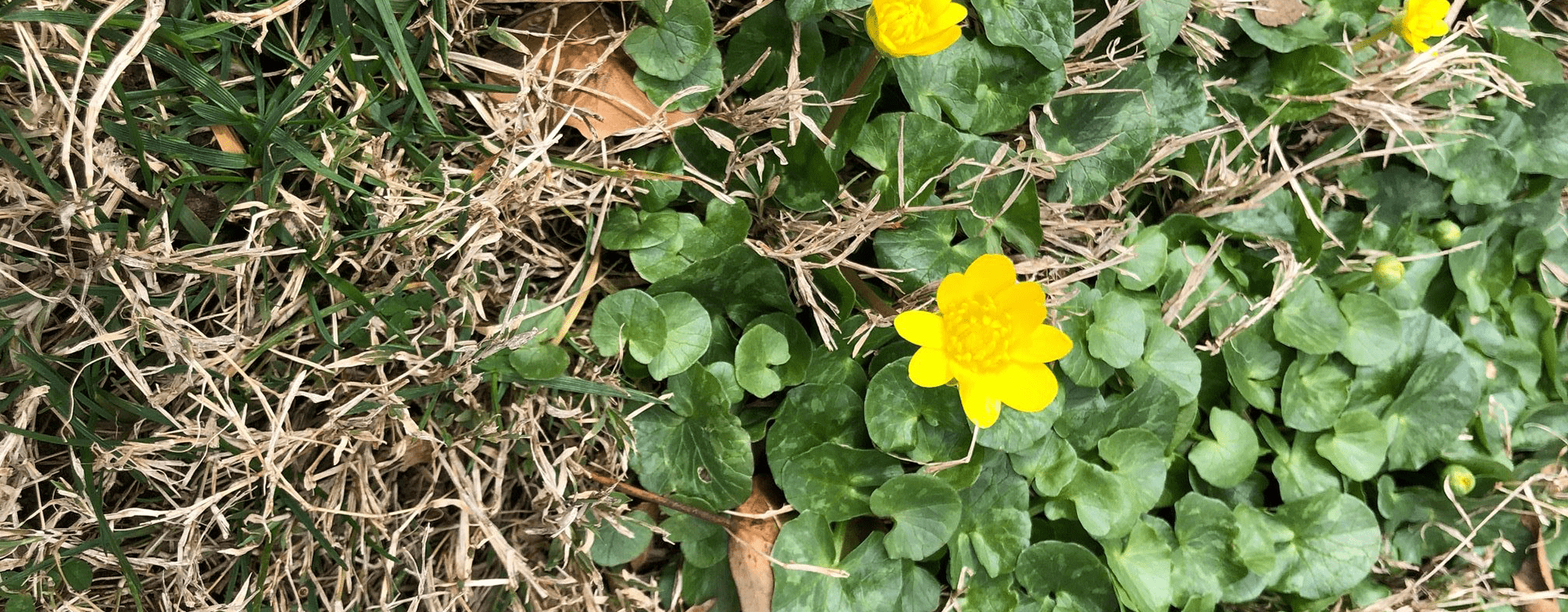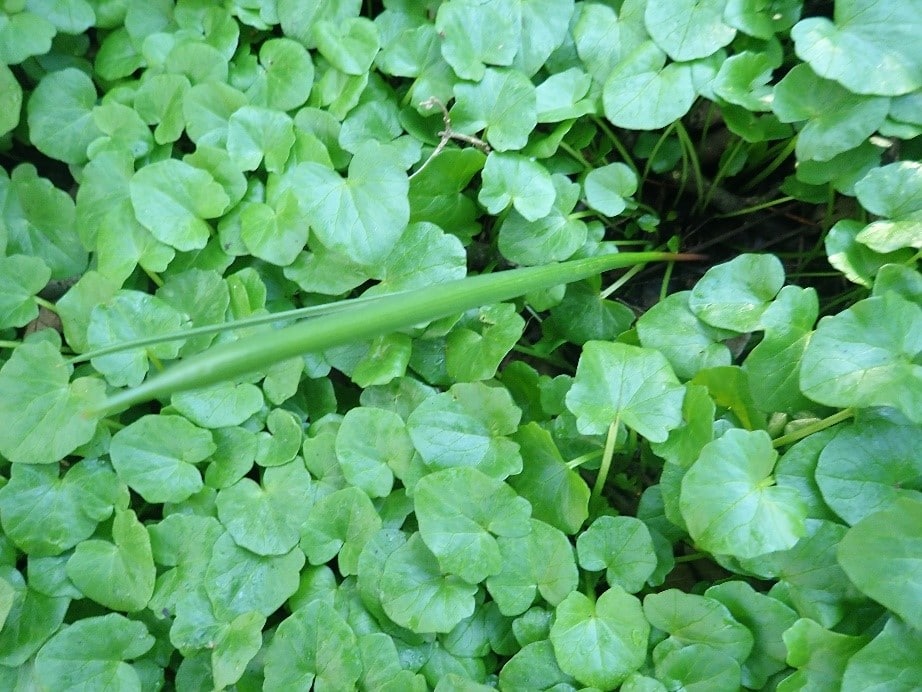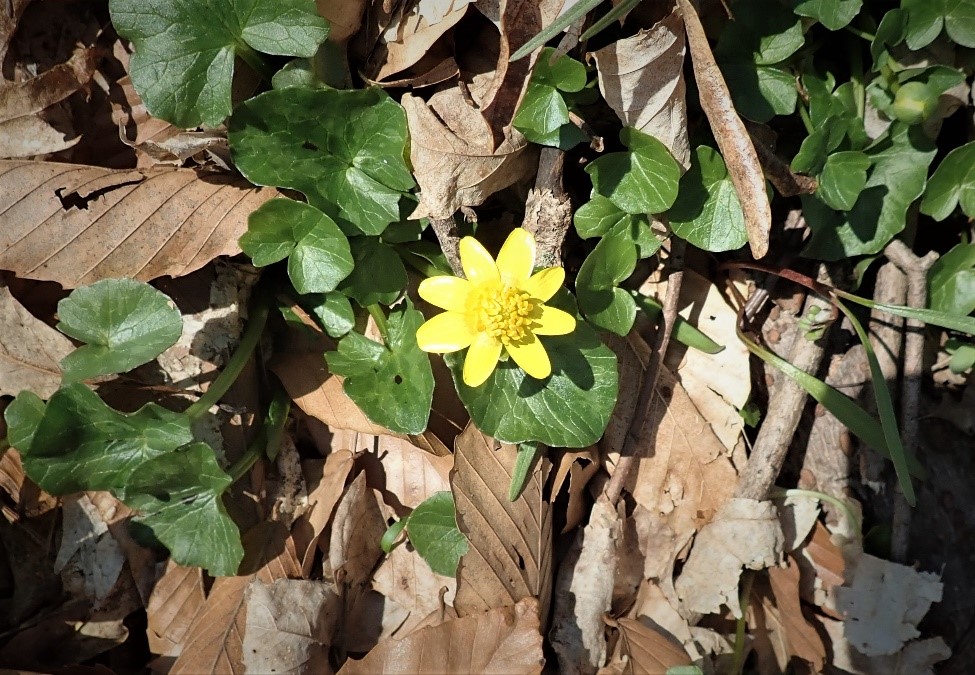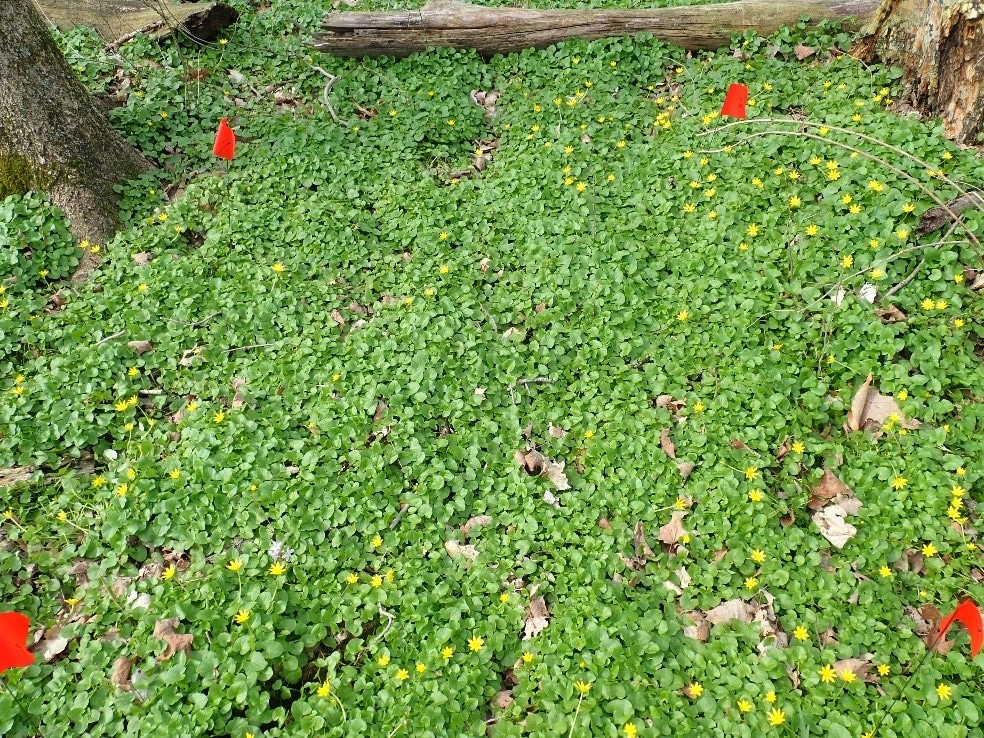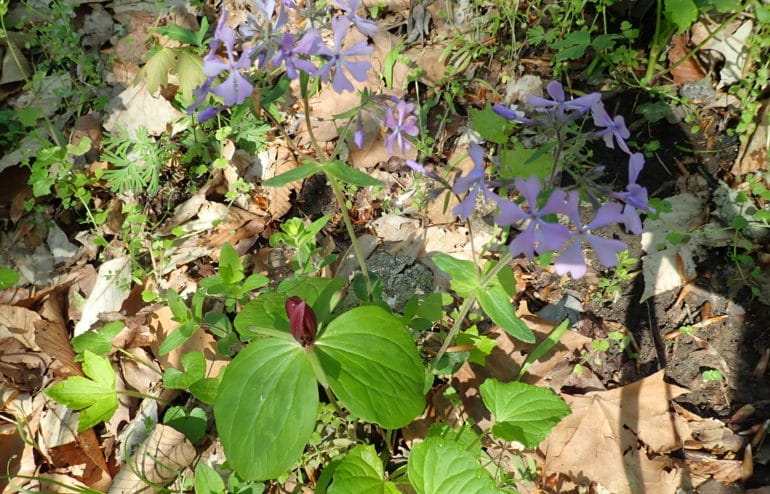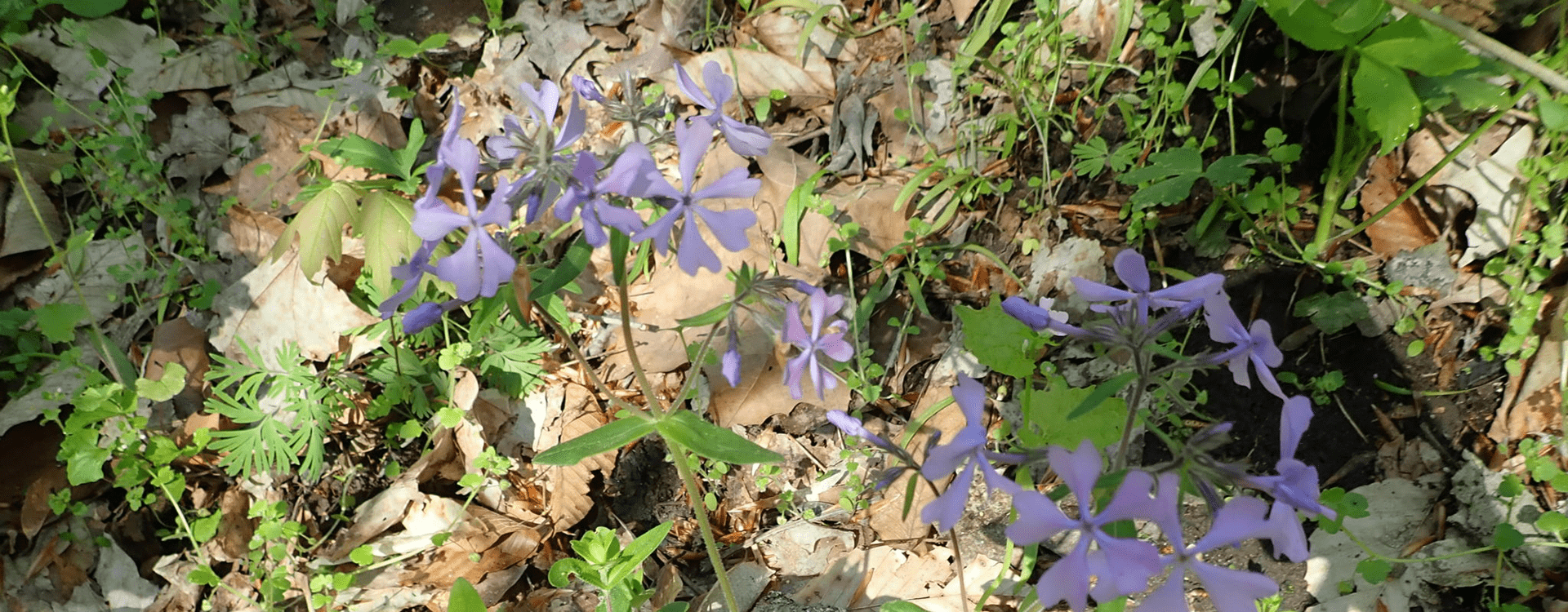
Soil Results “Leyed” Out
In our pursuit of being a truly generative farm, we’ve been practicing and studying a pre-industrialized farming method called Ley farming. This is a rotational technique in which crops, forage, and animals are all used in various stages in a field’s life cycle to increase the fertility and the health of the soil. Our research team recently collected soil samples as part of our ongoing Ley Field Research Project in which we are studying the benefits of integrating crop and livestock systems. Samples were taken from two fields, both in different stages of the Ley rotation system. Field one (GALR1) had been recently grazed by cattle, while the second field (GALR2) had just finished two years of crop production. The samples were sent in for analyses on soil health and nutrients. The table below displays the results of select soil measurement.
The results from fields that had been recently grazed (GALR1) compared to fields coming off two years of crop production (GALR2) showed some interesting trends. GALR2 had the lowest levels of organic matter (providing nutrients and habitat to soil organisms) and trace minerals (key elements in plant growth), which is to be expected after two years of plant production. Conversely, GALR1 had much higher levels of organic matter and trace minerals. Results indicate cattle can increase organic matter by manure and plant incorporation into the soil. Cattle may also be cycling the trace minerals by consuming and then returning them to the soil. The soil health score ranges from 0-30 and the higher the number the better the soil is, but anything above a 7 is considered to be healthy. Although both fields have healthy soil, GALR2 did have a lower score, consistent with other measurements.
–Chad G.
Select soil results are presented from Ley Field soil samples.
| Ley Field Soil | Organic Matter % | Soil Health Calculation | Cobalt ppm | Molybdenum ppm |
| GALR1 | 4.1 | 22.99 | 0.63 | 0.71 |
| GALR2 | 3.8 | 16.99 | 0.49 | 0.02 |


